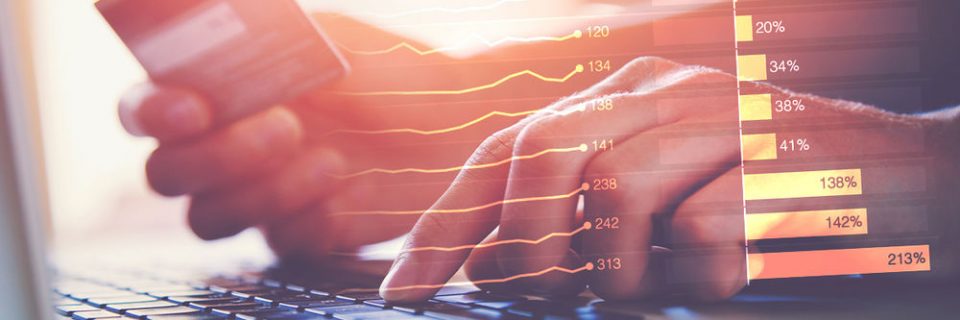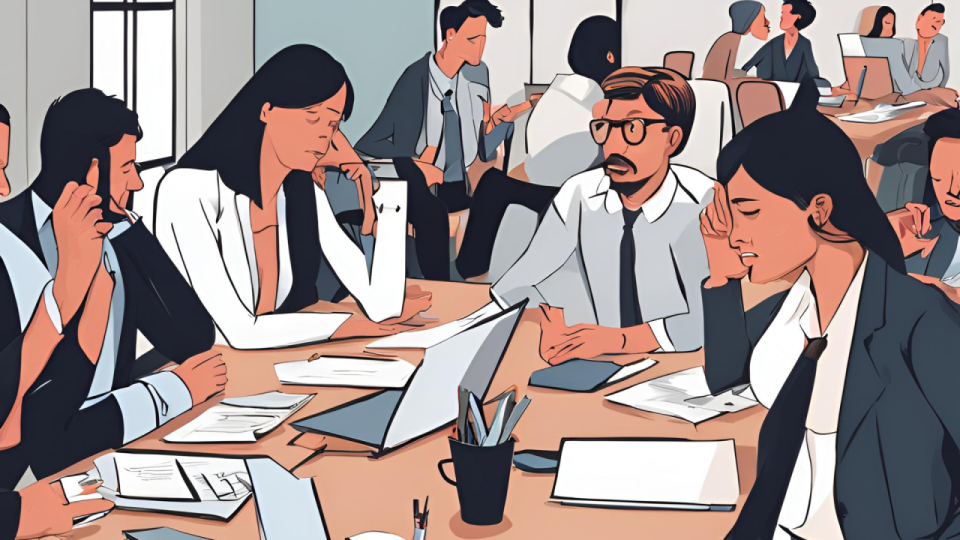
As well as the more pressing public health concerns, The COVID-19 pandemic has put many digital transformation plans into either disarray or fast-forward for Australian businesses and organisations.
With isolation enforced, and working from home now the norm, many businesses have done DIY digital transformations of sorts – whether they’ve realised it or not. But some businesses, especially those who rely on some form of foot traffic, have gone above and beyond in their quest to keep trading.
Those that have pivoted well have shown ingenuity, creativity and a passion for recreating their unique customer experience through digital mediums – all qualities that we’re big on here at Vokke.
Here are a selection of our favourite examples of COVID-19 digital transformation, and what your business can learn from them.
Museums
All over the world, museums have been working on digitising their collections for some time now.
But hi-res art isn’t enough to capture the imagination.
What was missing was the experience of visiting an exhibition – the way the space is laid out, the order in which the pieces are presented; the commentary on each piece via the labels. All of these highly curated aspects add up.
In the wake of COVID-19, museums who have lost their only way of delivering huge and expensive exhibitions have made huge steps in how they present those to people logging in from home.
Museums Victoria’s Museum at home project includes education activities for school students, a virtual visit to Melbourne Museum using Google Maps and a range of instructional videos from the Scienceworks team for kids to experiment along at home.
The National Gallery of Victoria’s Marking Time exhibition takes the virtual tour a step further using 3D modelling supplied by US firm Matterport.
These executions work so well because they capture the essence of what makes the museums special. The sense of fun and wonder at Scienceworks comes across in the kids-show like videos. The gravity and history of an indigenous art exhibit at the NGV shows through in the little details – even down to the lighting of the space.
If you’re considering shifting parts of your offering online, make sure you bring across those little details that make your business unique.
Food wholesalers
When the restrictions came into force, the most obvious hit was to the hospitality industry.
Restaurants, bars, pubs and clubs took the headlines – but behind the scenes, the suppliers to these venues were scrambling for ideas. Now we’re seeing a number of names that were previously unknown to the public, selling online and digitally advertising direct-to-consumer for the first time.
In one of many notable examples, the Coffs Harbour Fishermen’s Co-Op and others along the NSW coastline have moved to online ordering and deliveries for the first time in a bid to keep customers buying local seafood. In Melbourne, Northside Fruit & Veg are just one of the produce wholesalers pivoting from supplying restaurant orders to selling pre-packed boxes online.
Not only have they created a new route to market, they’ve also created a whole new product category.
These plans have most likely sat on whiteboards for years, but the pandemic may have freed these businesses up to take a risk on a more direct route to market. It just goes to show – a completely new revenue stream for your business could only be one piece of software away.
Fitness, yoga and more
If you’re a member of your local gym or yoga studio you’ve probably received some kind of communication about their classes moving online. One of the more high-profile names to digitise is Barry’s Bootcamp, which recently announced a suite of online classes.
These might seem like logical and sensible steps based on social distancing – but that doesn’t mean that your business can’t learn something from them.
Not only are these businesses allowing greater access to their classes, they’re also scaling infinitely and creating a huge library of online content. You can only fit a small number of people into a room (or a park) for a Barry’s Bootcamp workout – but millions of people all over the world can tune in for an online session at a lower price.
When regular service resumes, these businesses can use this content – and the infrastructure used to create and distribute it – to complement their standard offering. We could see these kinds of businesses move to a hybrid approach, incorporating in-person classes or consultations with a suite of online education resources. What is now ‘Plan B’ will fold into making Plan A much stronger in the future.
Is there some knowledge swirling around your business – or even in your head – that could make a good digital product?
Optus makes working from home permanent
When the lockdown began, Optus had a big problem – all its call centres in the Philippines and India closed immediately. The company made a quick decision to allow its Australian call centre staff to work from home.
The move has been so successful that Optus now says it will make remote working permanent for its Australian call centre operations.
“[The lockdown] has really enabled us to accelerate some of the programs that we had in our plan over the next one to three years and put them in place right now,” Optus vice-president of customer care Mark Baylis told AFR.
“And one of those is about providing what we call our ‘experts at home’ program, which is about providing flexibility particularly to contact centre staff to be able to work from places that are not an office space.”
Digital transformation under pressure
Although businesses might feel rushed into making quick decisions about digital transformation due to COVID-19, there is plenty of opportunity out there for those that take decisive action.
In the coming months, there will be plenty of government investment with the aim of getting everything back to normal. But as these organisations and many more have shown, the ‘new normal’ might be more exciting than the old one.



